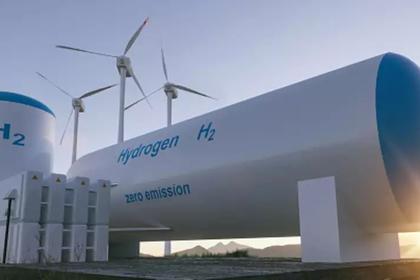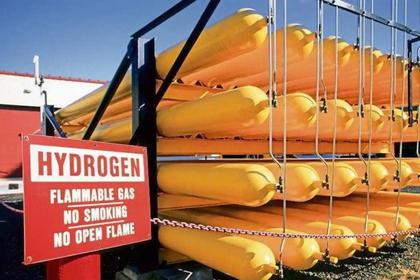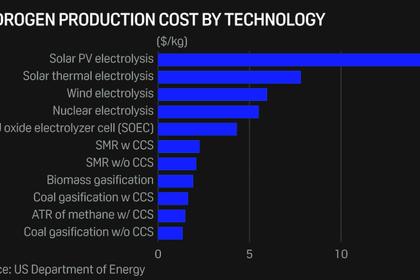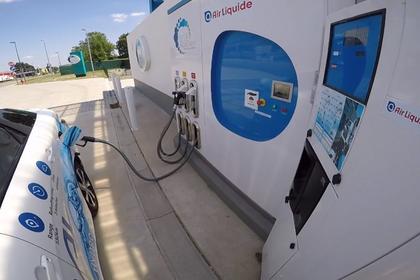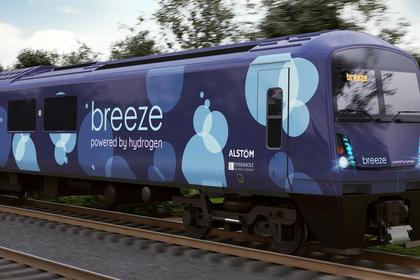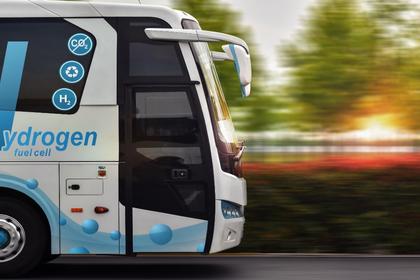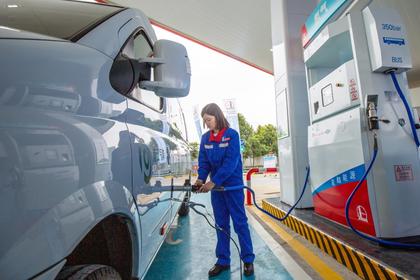
HYDROGEN FOR GERMANY
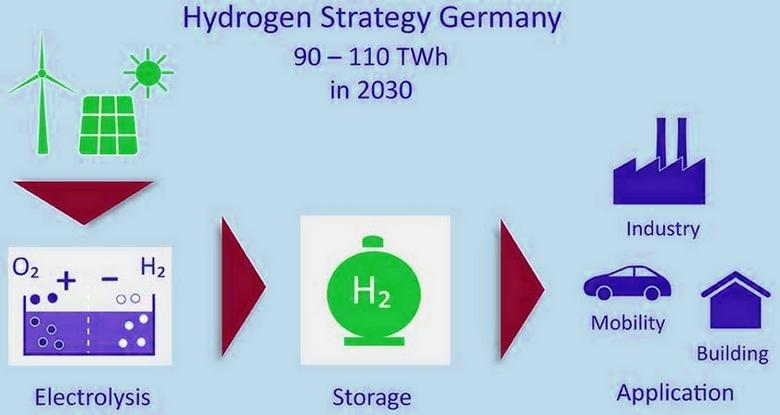
By Simon Goess Freelance Energy Market Analyst SG Consult
ENERGYCENTRAL - There are currently a lot of debates going on about the potential of hydrogen. The question arises as to what role hydrogen will play in the energy transition. In this article you can find out which political regulations have already been made and which changes are just around the corner.
Here in the second of two articles on hydrogen in the energy system, we also consider the ramp-up of the required electrolysers. In addition, we examine the current regulatory developments. You can find the first article on the German hydrogen strategy here .
Hydrogen targets at EU level
In July 2020, the European Commission published the EU's hydrogen strategy . This includes a precise idea of the expansion targets for hydrogen. The desired strategy is divided into three phases (see Figure 1):
- In the first phase (2020-2024) it is planned to build 6 GW of electrolysis capacity for green hydrogen. These should provide at least 1 million tons (33 TWh) of green hydrogen per year. These are to be used primarily in the chemical industry. During this period, the supply of renewable electricity must therefore also be expanded.
- In the second phase (2025 - 2030) this capacity is planned to be increased to 40 GW and this should produce 10 million tons (330 TWh) of green hydrogen. The use of green hydrogen as long-term storage will also be decisive.
- In the third phase (2030-2050), hydrogen is to be used across the sectors. In the EU, an increase in hydrogen demand from currently 325 to 481-665 TWh in 2030 and 780-2251 TWh in 2050 is expected. The proportion of hydrogen in the EU energy mix is to increase from 2 percent to 13-14 percent by 2050.
The ramp-up of green hydrogen in Germany
In a joint study with Greenpeace Energy , Energy Brainpool examined the future use of green hydrogen in Germany. Based on the results of our modeling, we have developed various scenarios. We would like to explain some of the results and two of the five scenarios that have been developed in this article. You can find a more detailed overview of all studies in our study directory .
- The reference scenario “Stated Policies”: The market ramp-up follows the previously published government goals in the field of green hydrogen and the energy transition in the electricity market.
- The "Acceleration - cost-optimized" scenario: In this scenario, it is possible to expand the solar and wind power supply very quickly. The green hydrogen can start up correspondingly faster. Because the electrolysers adjust their driving style to the (abundant) supply of cheap solar and wind power.
The following Figure 2 shows in the first step the planned capacity of the electrolysers depending on the scenario for the key years 2025, 2030, 2035 and 2040. In the reference scenario (“Stated Policies”) the expansion follows the goals of the German National Hydrogen Strategy and the National Development Plans. The capacity of the electrolysers will increase to 5 GW by 2030 and to 10.5 GW by 2040. It is assumed that the expansion of renewable energy systems follows the ramp-up of the hydrogen electrolysers.
In the "Acceleration - cost-optimized" scenario, the solar and wind power supply increases steeply. The fleet of electrolysers can be expanded correspondingly quickly. In 2040, their electrical output will be 107 GW - 10 times the forecast capacity in the reference scenario.
Now let's look at the electricity needs of the electrolysers. The amount of electricity required by the electrolysers can be derived from the capacities and the full load hours. Figure 3 below shows that the electricity demand in the reference scenario increases from an initial 6.6 TWh in 2025 to 36.8 TWh in 2040. In the acceleration scenario, 46.5 TWh of electricity will be required as early as 2025, i.e. almost 8 percent of today's gross electricity generation. In 2040 it will be 271.3 TWh, which corresponds to almost half of today's gross electricity generation.
So there is still a lot of room left for developments on hydrogen and electrolysers. Which paths will ultimately be followed depends heavily on the political framework conditions in the coming months and years.
What will be important in the coming months?
The new EEG was passed at the beginning of this year . The new § 69b EEG 2021 exempts electricity purchases from paying the EEG surcharge as long as the electricity is used by a company to produce green hydrogen. The electricity used for production may only come from renewable energies that do not benefit from funding under the EEG. The electrolysers must also be connected to the grid via their own meter point.
The subsequent use of the hydrogen is irrelevant. In addition, this only applies to facilities that were put into operation before 01.01.2030. With the new section 27b KWKG, the CHP surcharge is no longer applicable, provided that the above conditions are met.
These levy exemptions are directly related to the new § 93 EEG 2021 and the definition of green hydrogen there. The paragraph provides for a comprehensive authorization to issue ordinances on requirements for green hydrogen. This is to be presented by the BMWi in spring 2021. In particular, "requirements in terms of content, space or time can be set there in order to ensure that only hydrogen is considered green hydrogen that was actually generated with electricity from renewable energies and that is compatible with the goal of a sustainable development of the energy supply".
It therefore remains to be seen what requirements will be placed on the production of green hydrogen in the future. One question will certainly be how a green electricity purchase should be proven. Because certificates of origin will probably not be sufficient (source: BHH Group ).
Amendment of the EnWG
On February 10, 2021, the legislature passed a draft law to amend the EnWG. The draft contains amended or new definitions, a new section on the regulation of hydrogen networks and transitional provisions. Hydrogen is now defined as an independent energy carrier alongside gas. However, the innovations only apply to pure hydrogen pipelines and not to networks in which hydrogen is mixed with natural gas. It should be noted that the regulations are transitional solutions until the EU Commission delivers concrete proposals for the regulation of hydrogen at the end of 2021. That the German legislator will implement this in German law, however, is only expected from 2025 (source: CMS ).
It remains exciting to see which changes in politics will follow. Possible funding instruments for green hydrogen are the obligation to label PtX products with CO 2 , a quota system for green hydrogen or “Carbon Contracts for Difference” (CCfD).
-----
This thought leadership article was originally shared with Energy Central's Energy Collective Group. The communities are a place where professionals in the power industry can share, learn and connect in a collaborative environment. Join the Energy Collective Group today and learn from others who work in the industry.
-----
Earlier:
